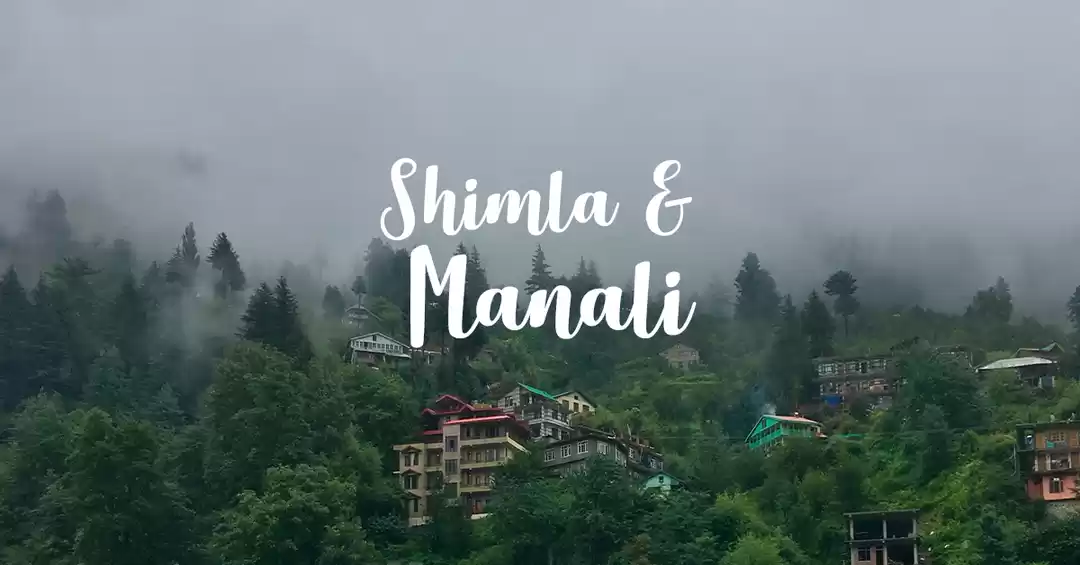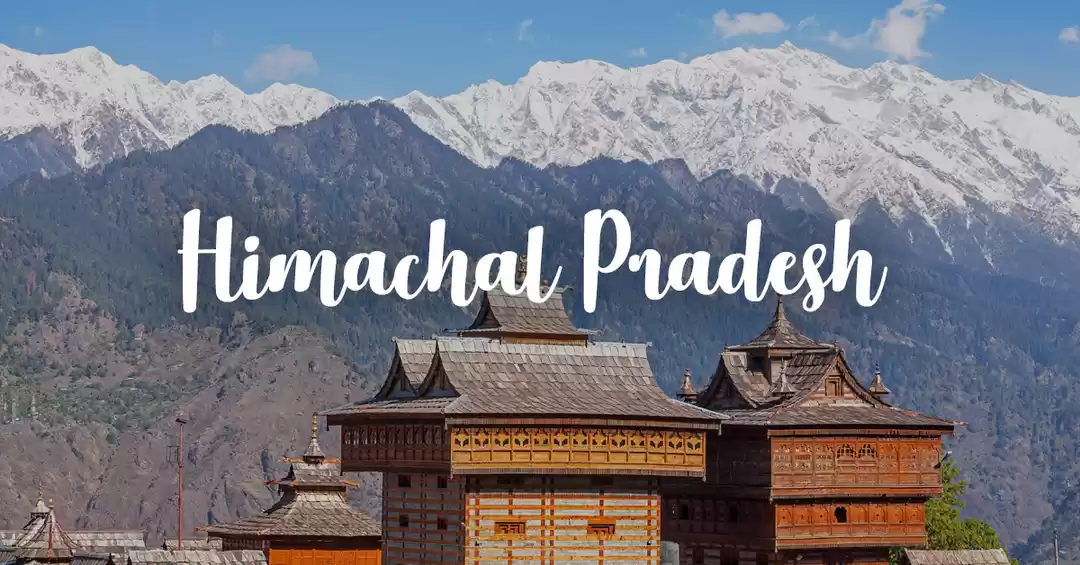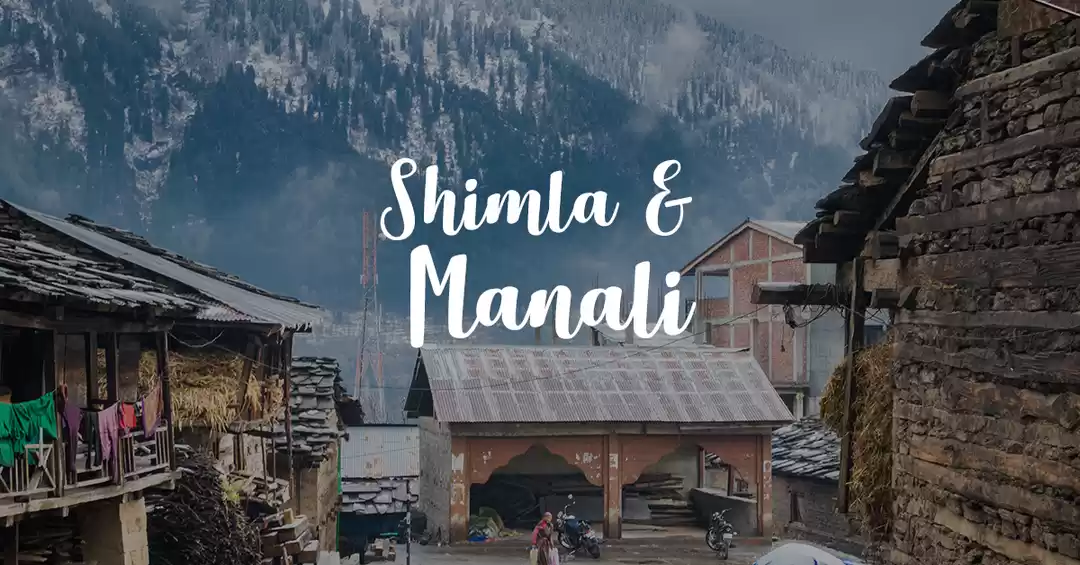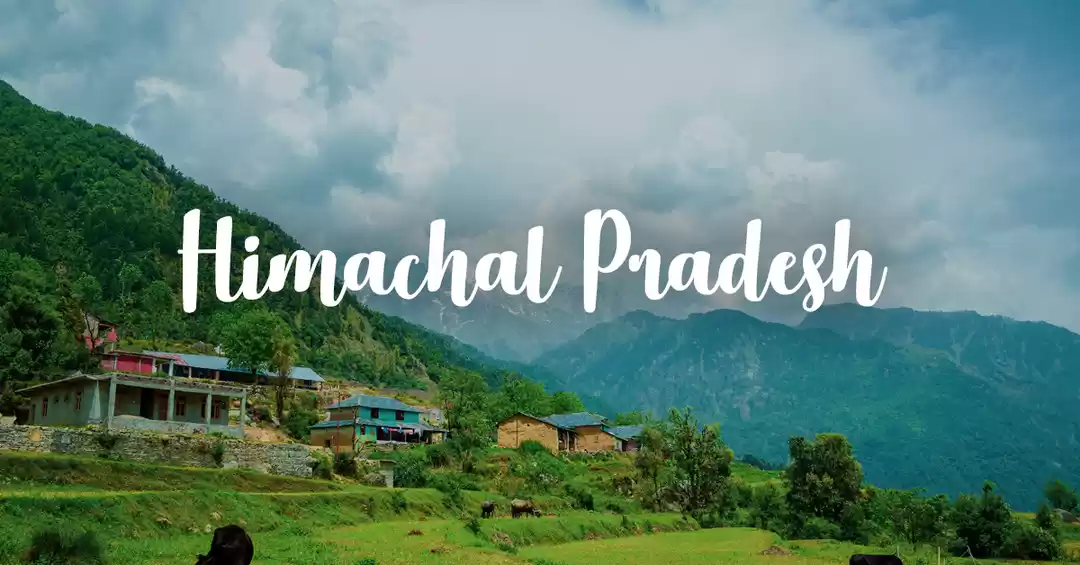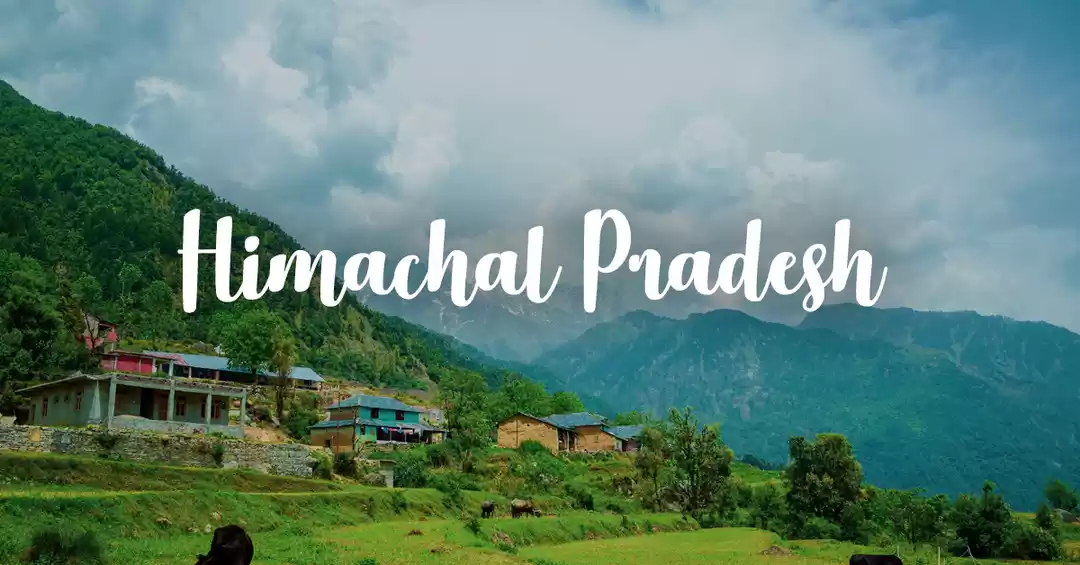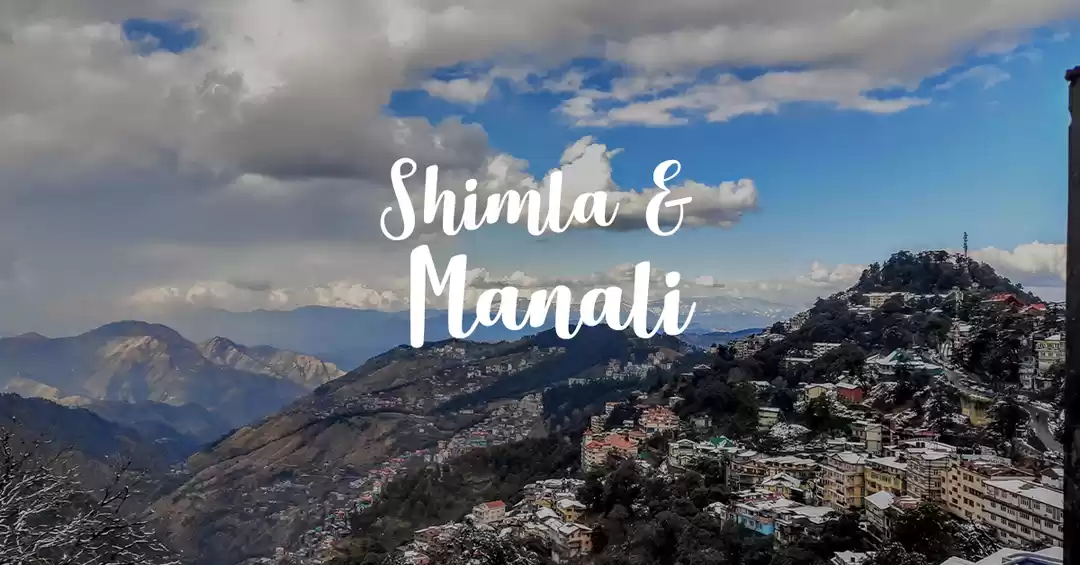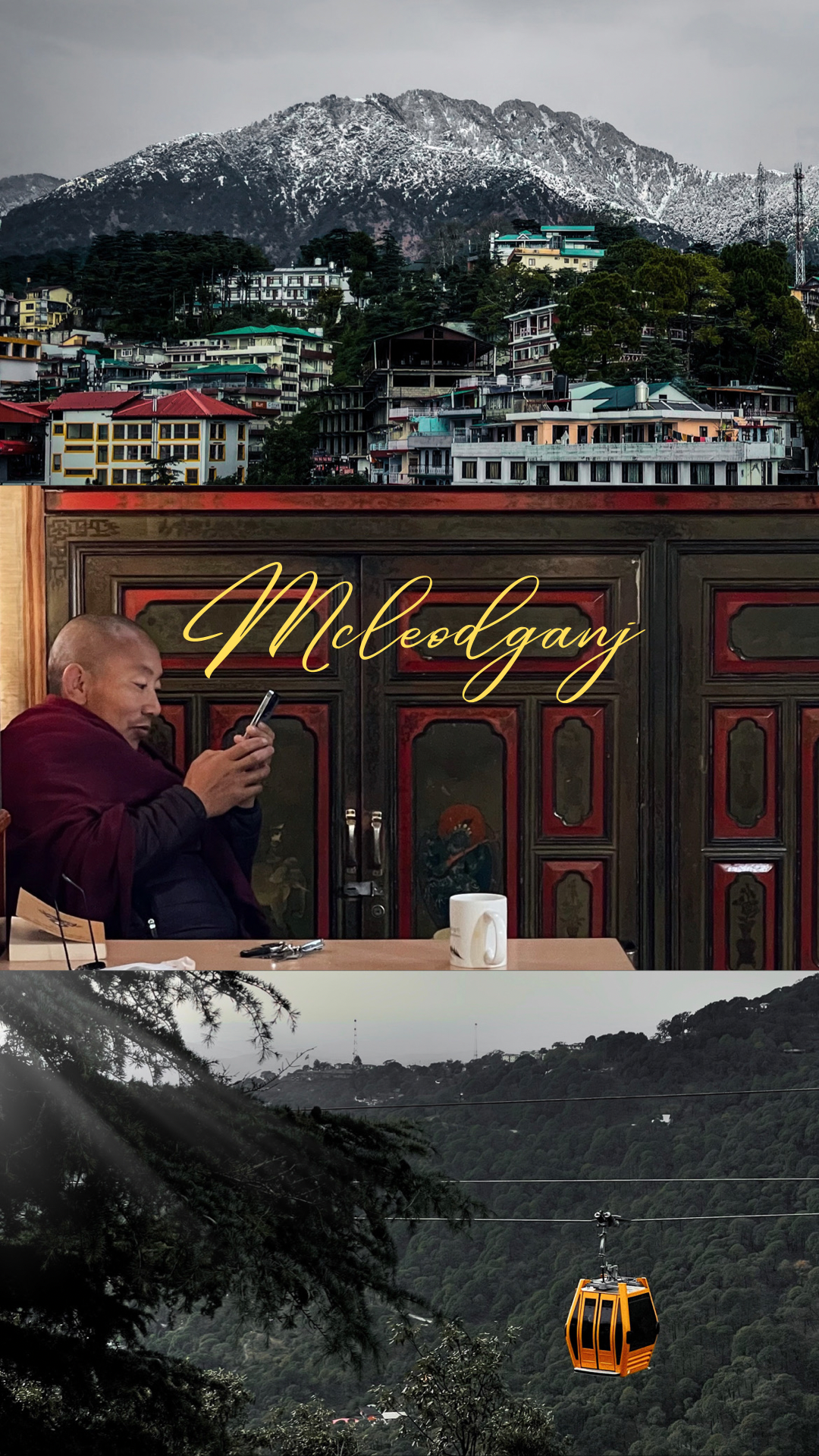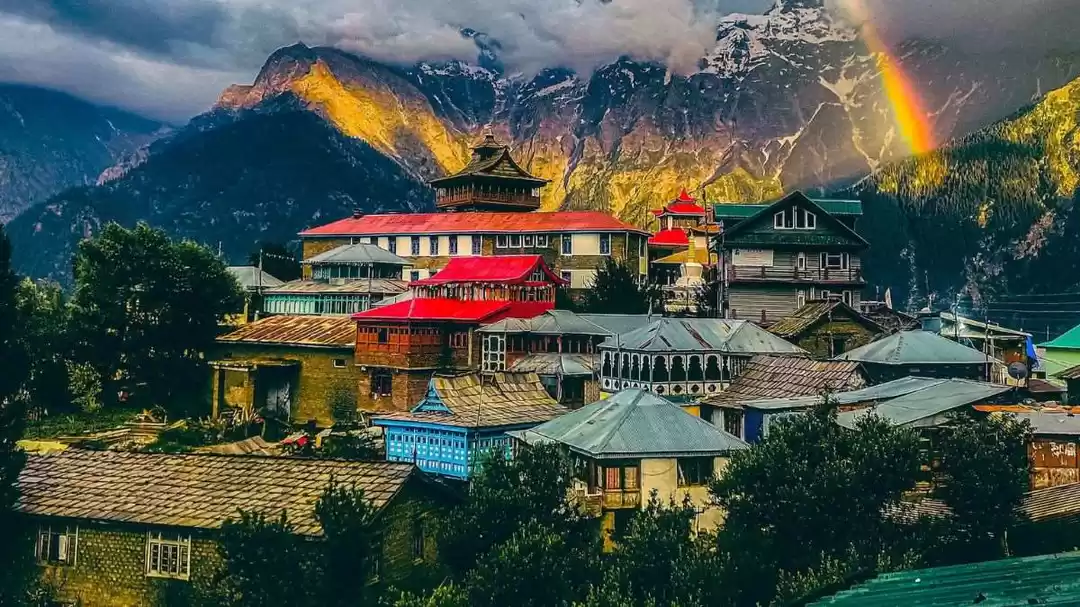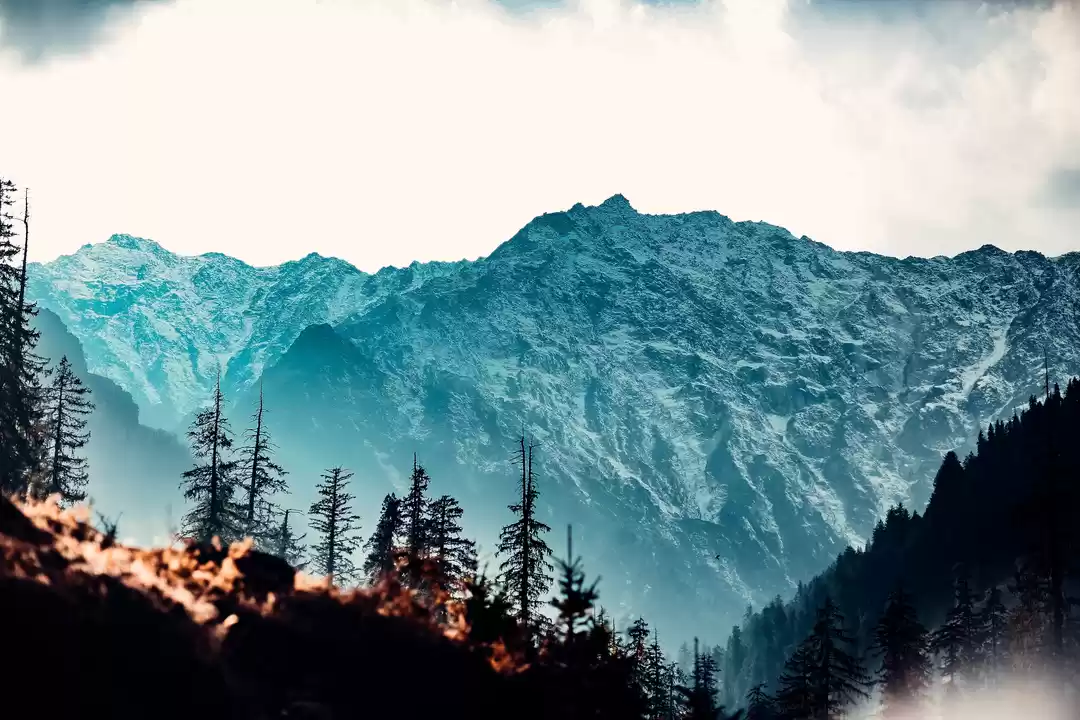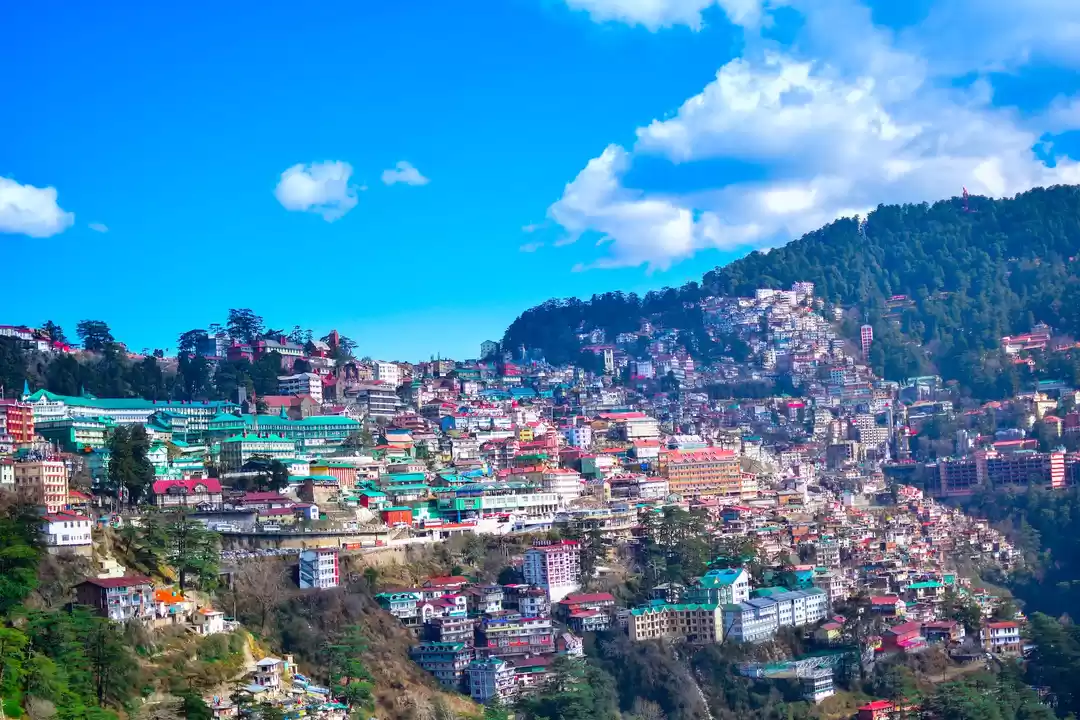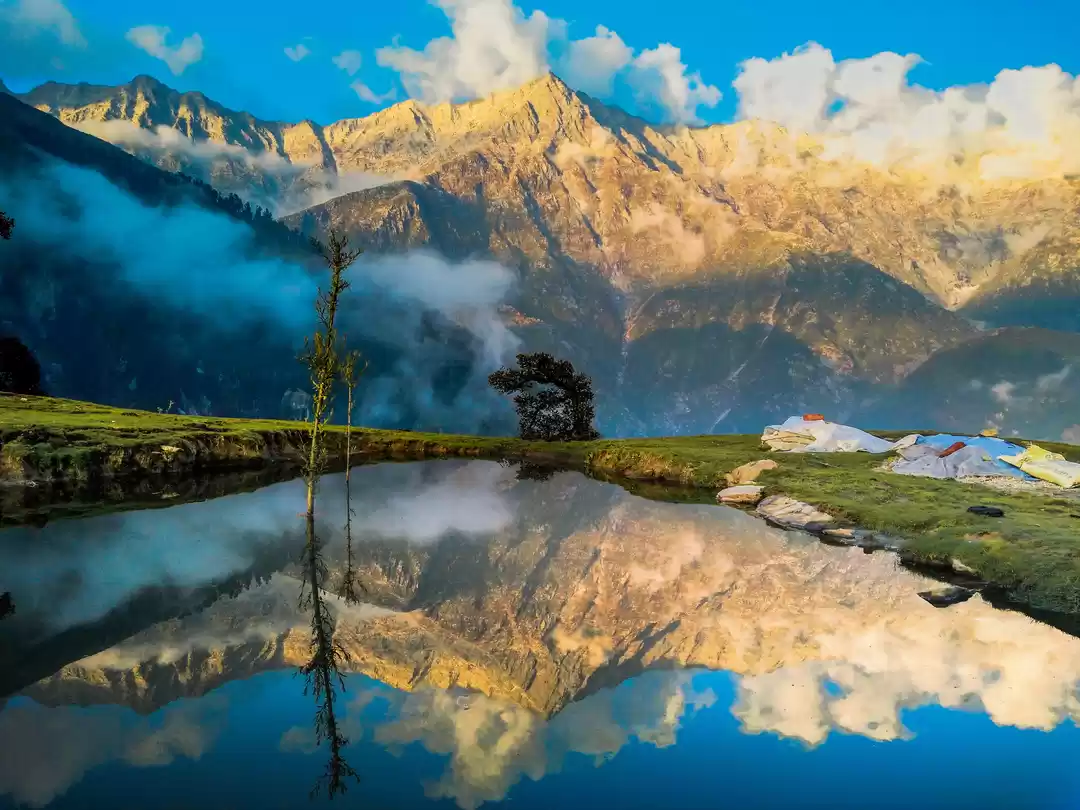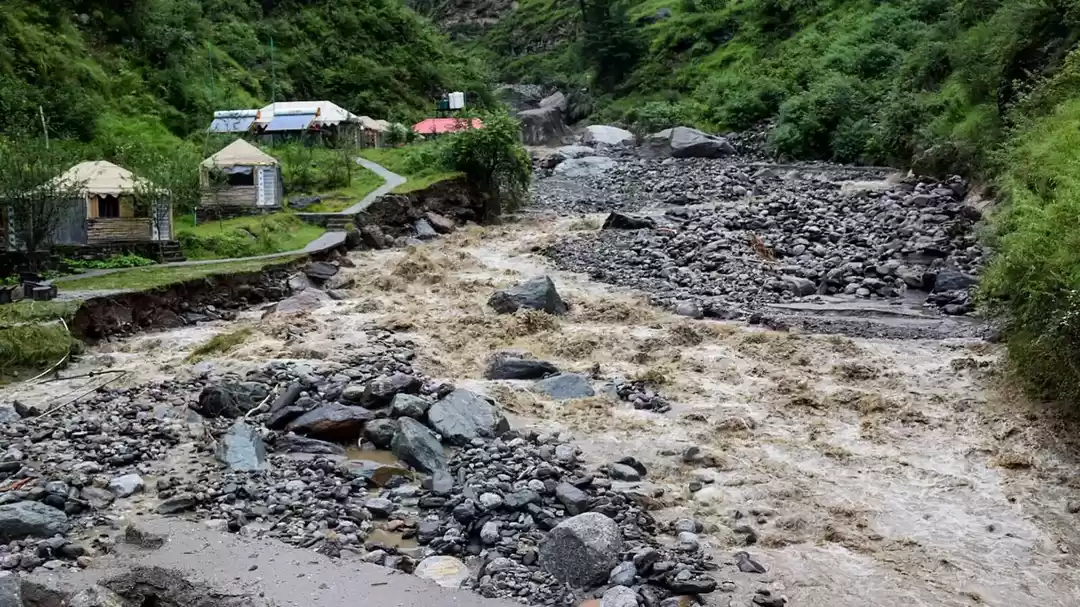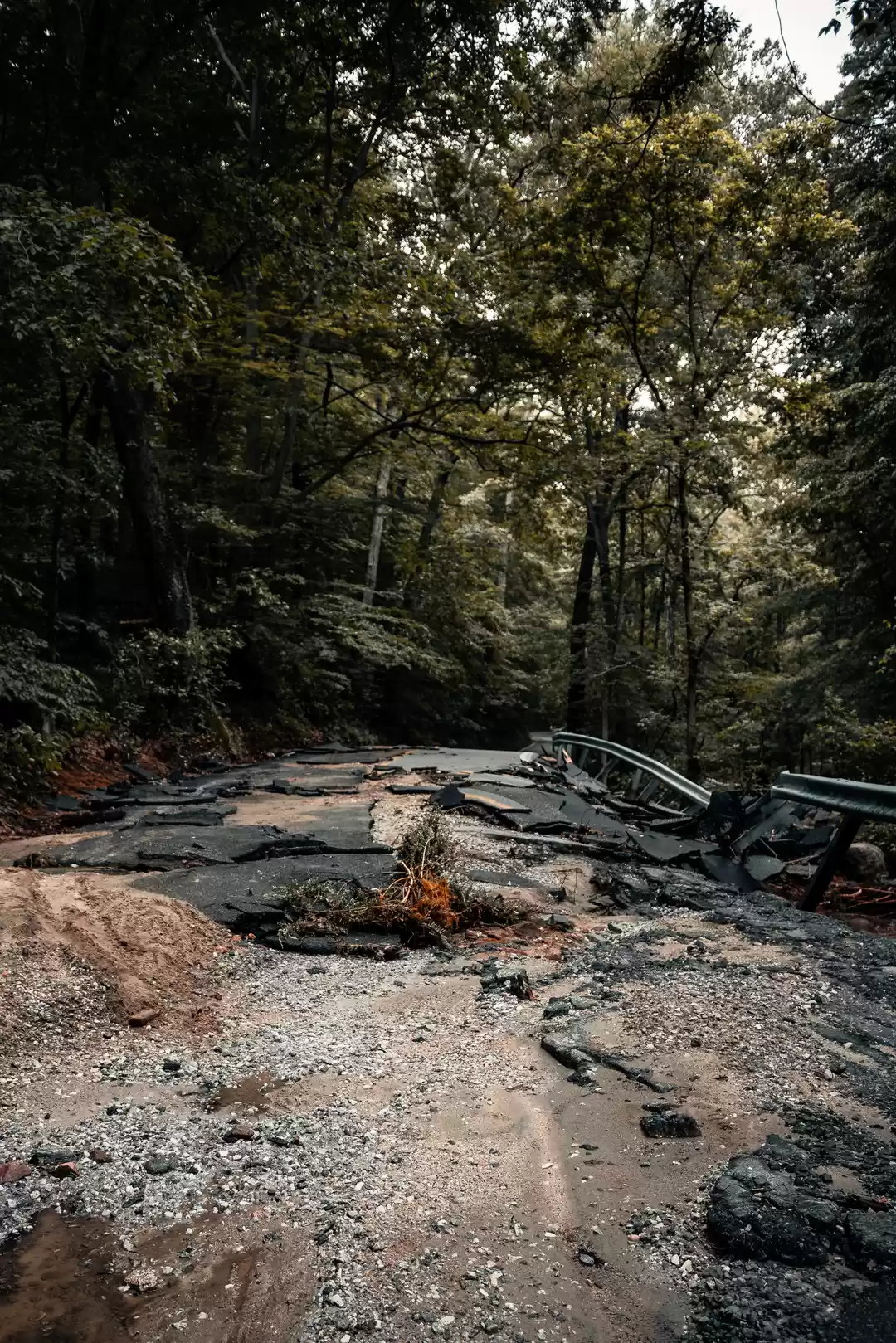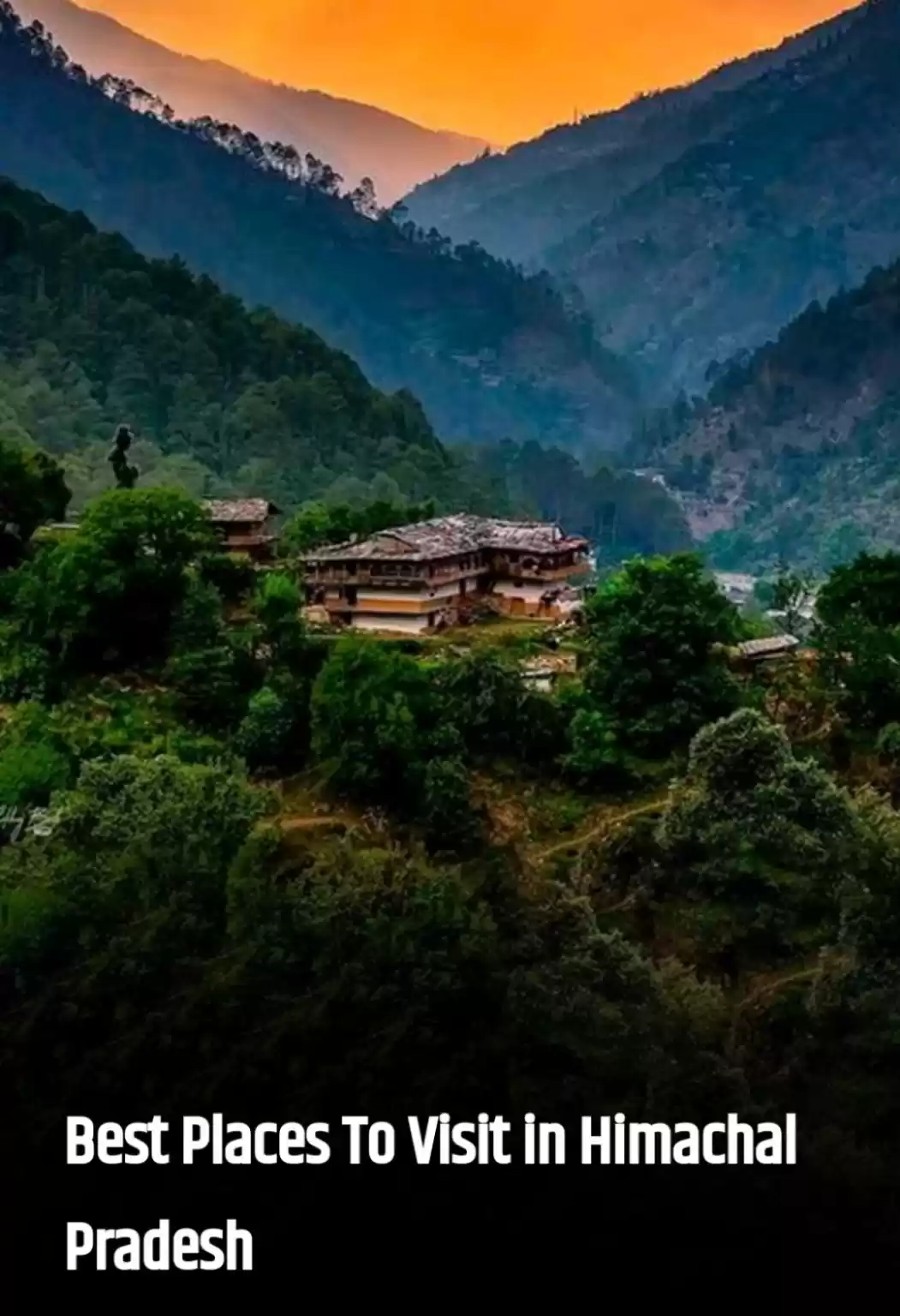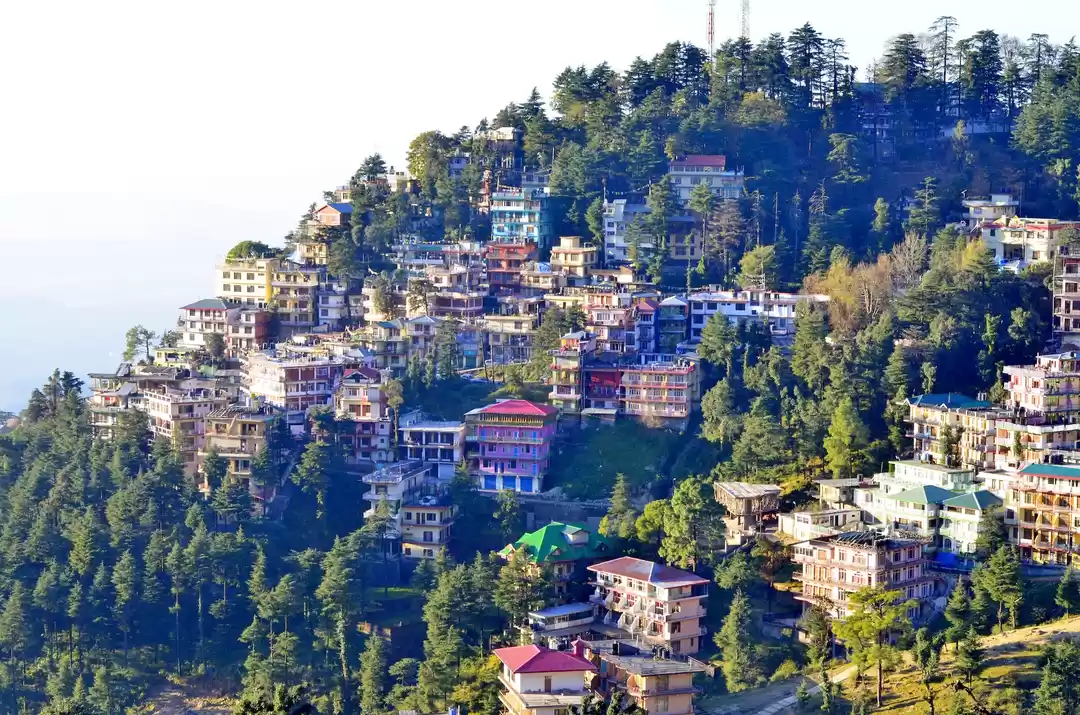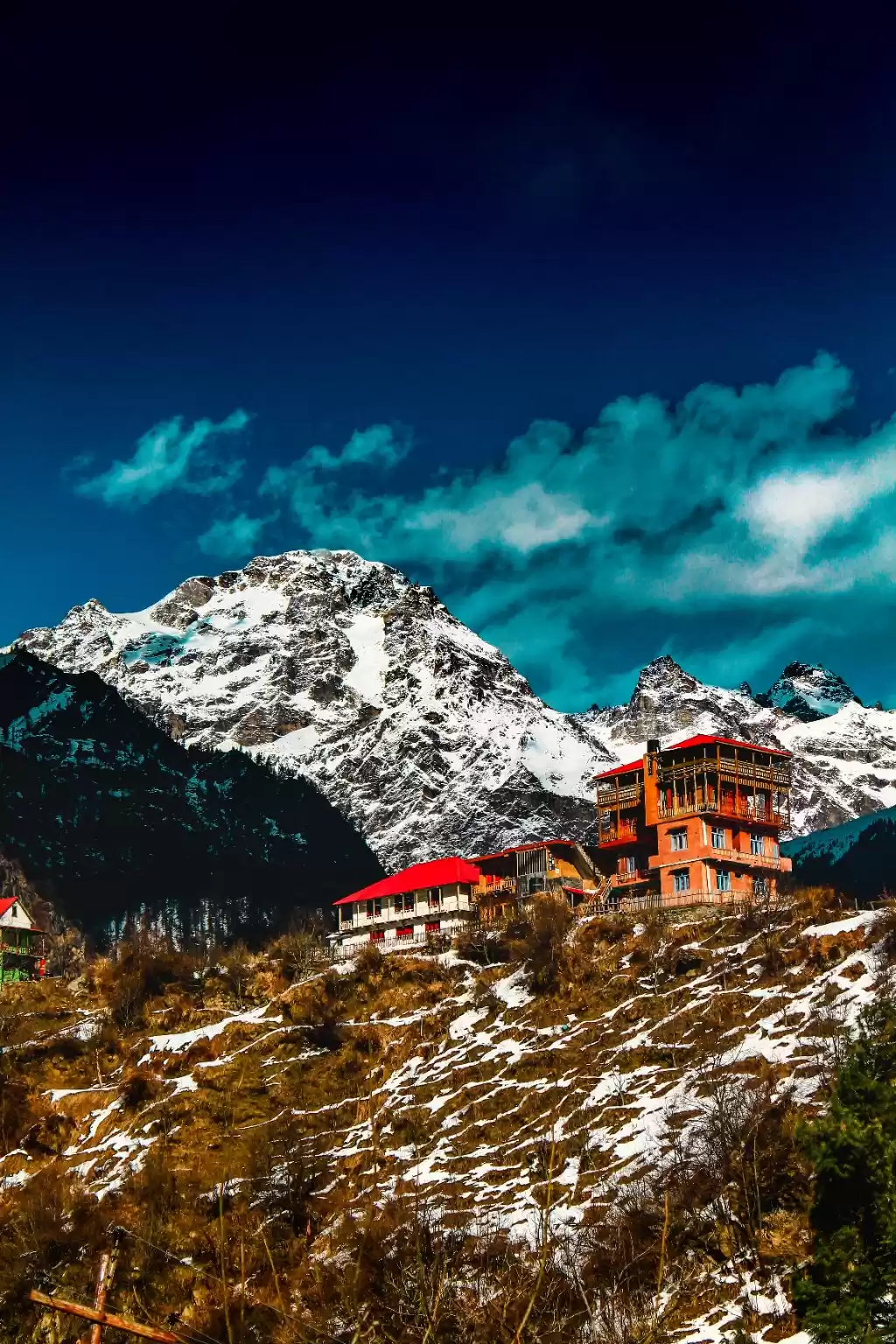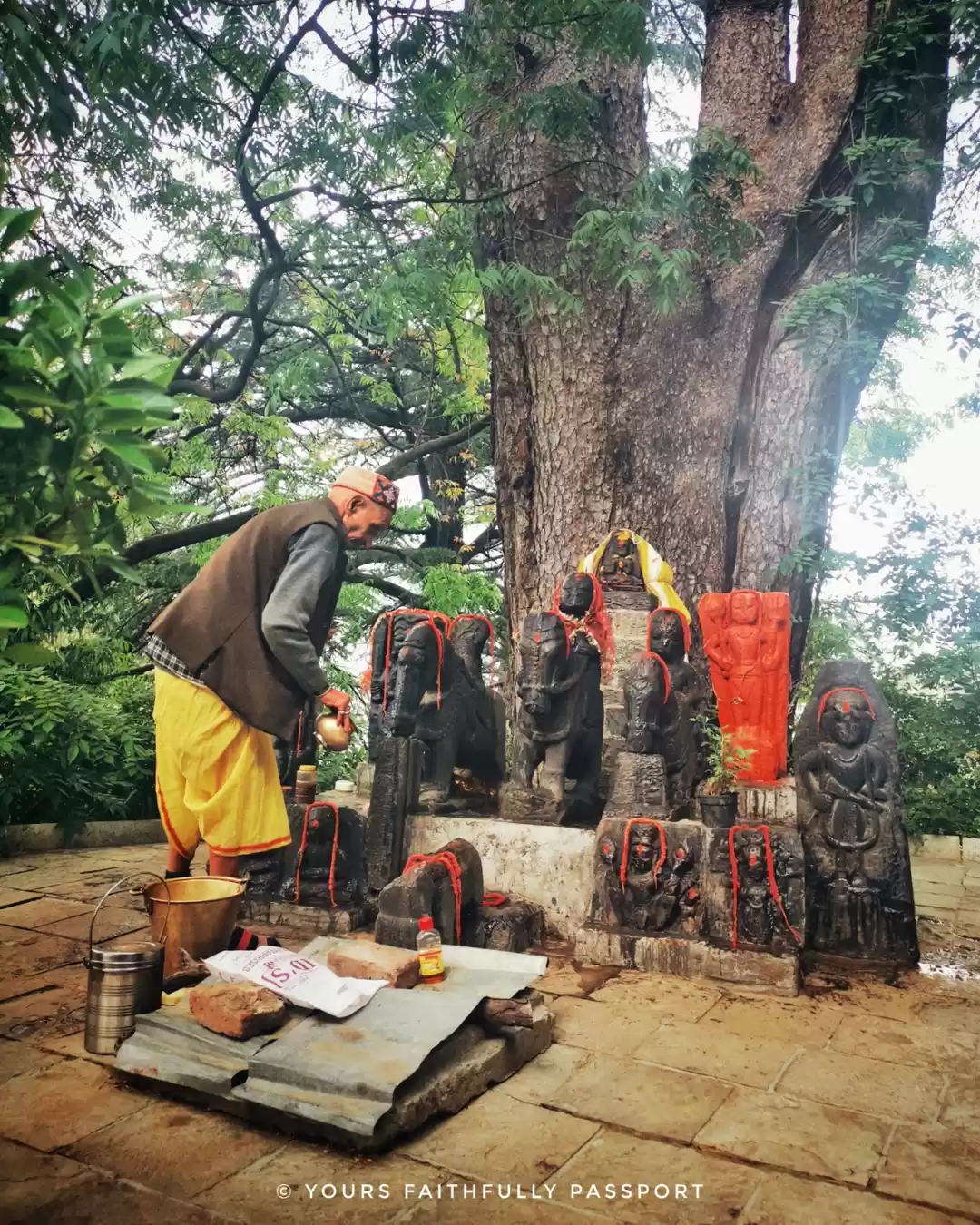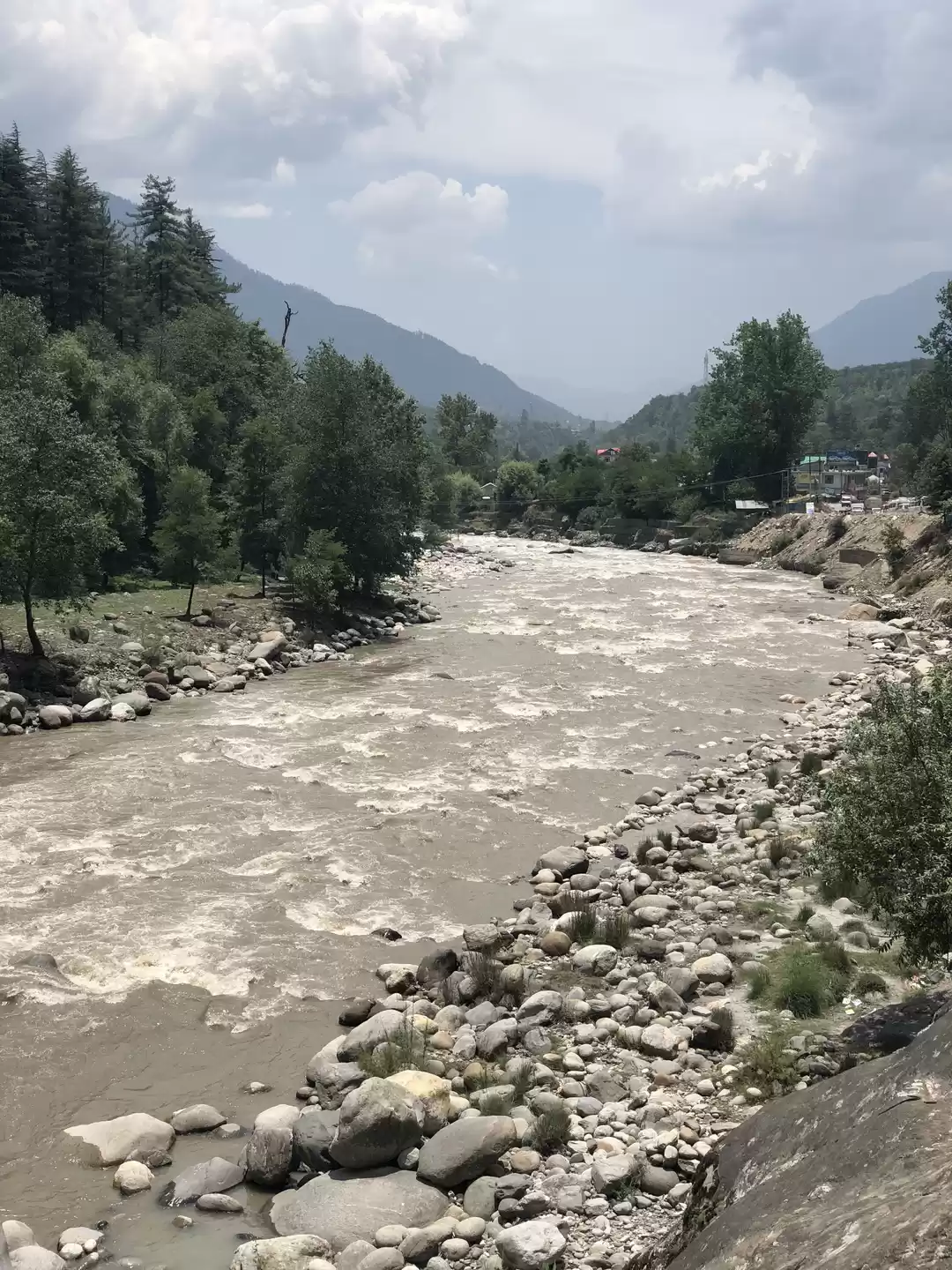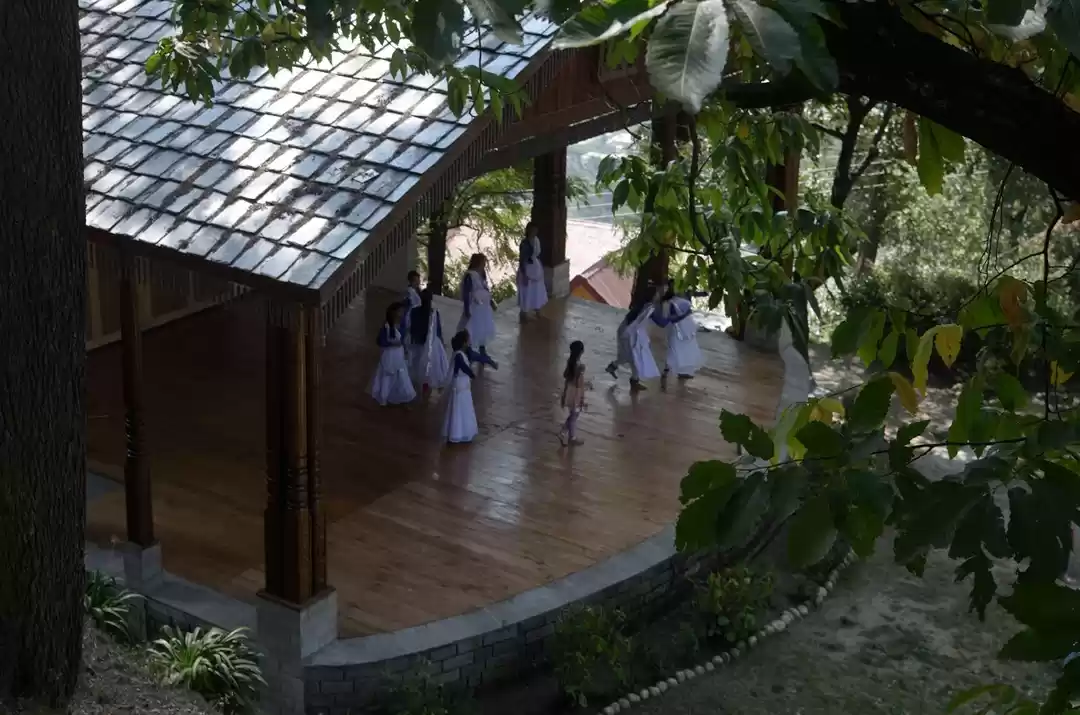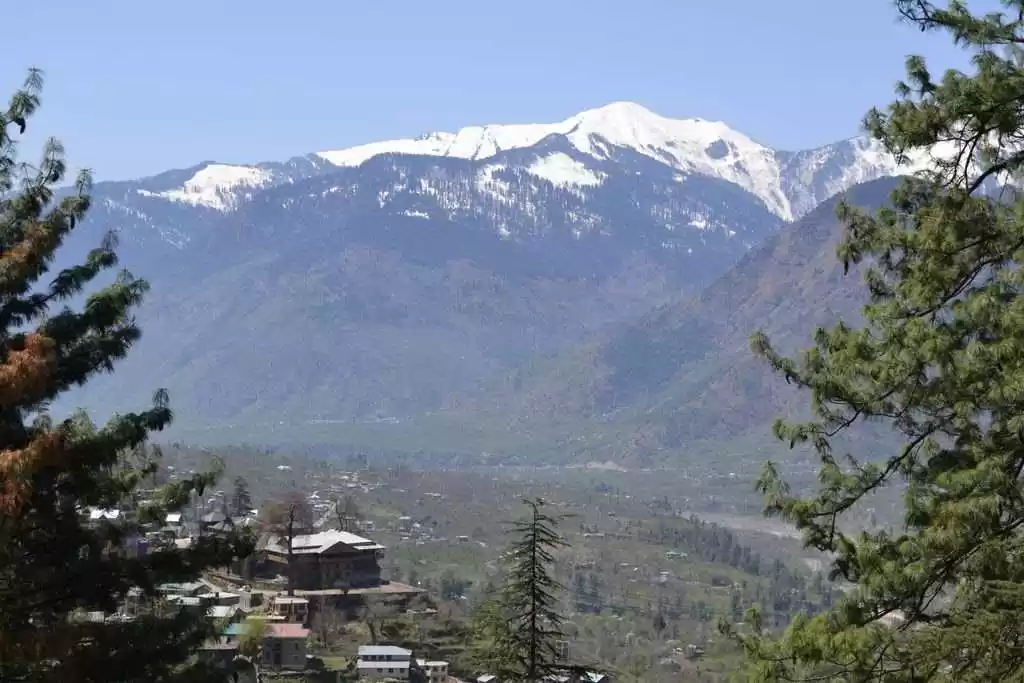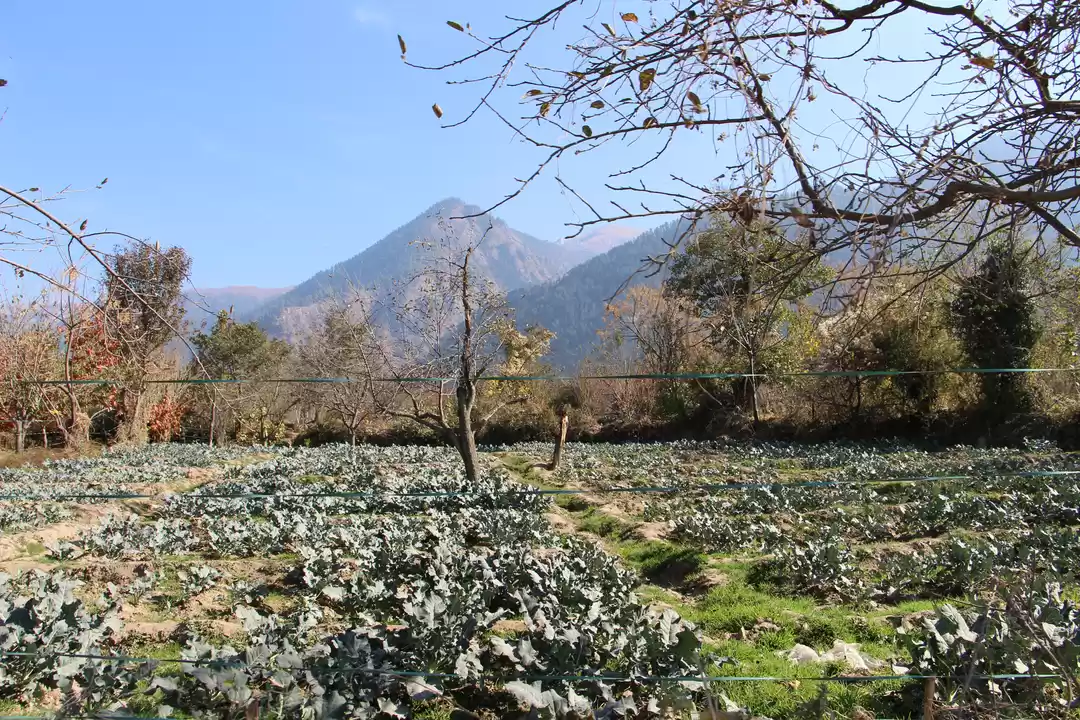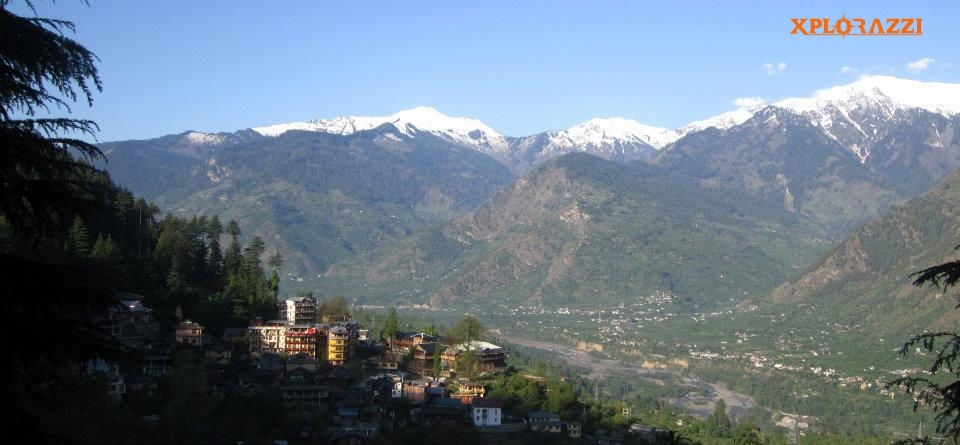
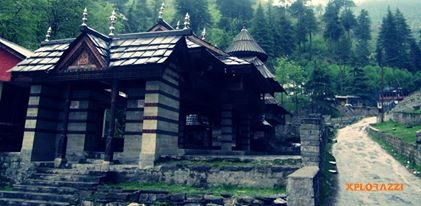
Naggar is the forgotten Capital of Kullu valley. I say forgotten because many if not most would immediately associate names like Manali with Kullu but are likely to know little about Naggar. Once it was the center of Kullu valley or Kuluta as it was called . And Kuluta was the end of the Habitable world because what lied North of it was hidden by snowy mountain ranges of Mid and greater Himalayas. Russian artist Nicholas Roerich after his wanderings arrived in Naggar and never left, so enchanted he was by the place. He still lies buried here and his painting some of which capture mystique of mountains brilliantly are exhibited in a small museum. Roerich understood what these remote valleys and towering mountains stood for in human consciousness and he transferred that into the canvas. Kullu valley had no roads even 10 years after independence but now mountains are more approachable and somewhat changed, not entirely for better. The warm hospitality that you usually find in higher valleys of Mandi is somewhat replaced by uneasy silence here. Naggar connects to once forbidden Malana village through 3650 mt high Chanderkhani Pass that remains one of easiest Himalayan passes to trek in good weather . Regardless of fast spreading modernity and the heavily trafficked road to Manali that passes through left bank of Beas overlooking Naggar, the place still has the ambience of belonging to a “forgotten era”, somewhat protected by centuries of remoteness.
Naggar is also one of few places in India that have rare Temples of Bala-Tripurasundri (the beauty of three worlds), a female deity revered in Tantra. Made entirely out of deodar wood in typical hill architecture it remains in astonishingly good condition. The fact that Rajas of Kullu who have left their heritage in the form of medieval stone and wood mansion had Tripurasundari as their ruling deity points to the mystical origin of place. Tripurasundari represents the highest knowledge in Hindu Tantra. All the powers and what could be known in nature is supposed to be encapsulated by Triuprasundari. The mountains around Naggar are known for thunder and frequent lightning strikes. There is even a deity called “Bijli Mahadev” (The Lord of thunder) to denote and celebrate this natural phenomenon. Anyone who has been high up in mountains here and has witnessed the deafening sounds of thunder will understand it.
Mystique of Naggar and what it stood can best be described in Roerich’;s own words: “…….The valley amazed with its miracles. On the tops, near the very snows, there were ruins of castles and towers. Goddess Tripurasundari smiled mysteriously from a stone plate with a trident in her hand. On the rocks, ancient bowmen’s arrows overtook tough-horned goats. Through Kuluta, ancient caravan ways went to Tibet, China, valleys of India. Along these ways, settlers once moved along, waves of conquerors swept past. All of them contributed something to the valley’s life and culture. But its ancient heritage remained unchanged – the snowy ridges kept a keen eye on it……….…”
This trip was originally published on Xplorazzi



